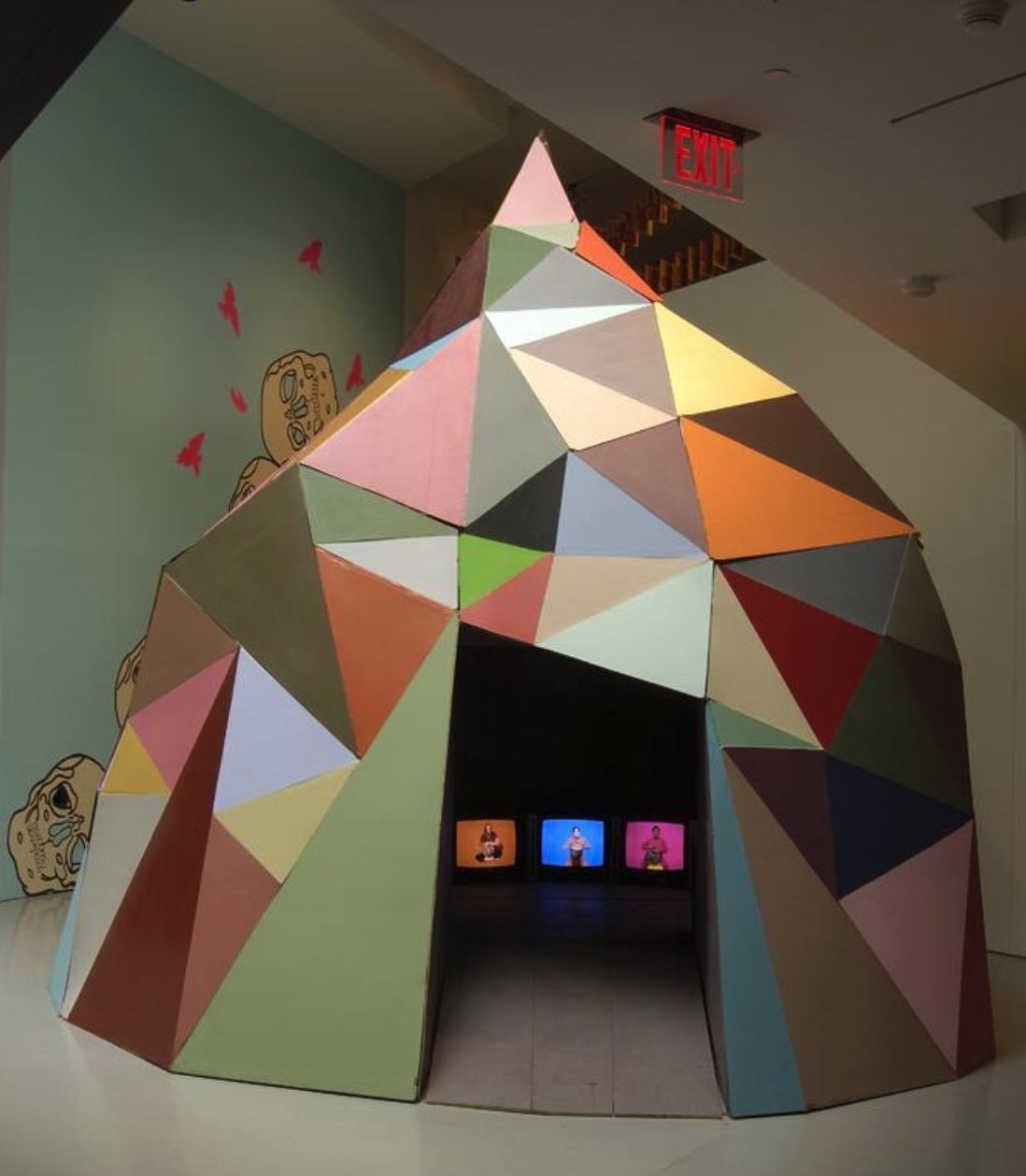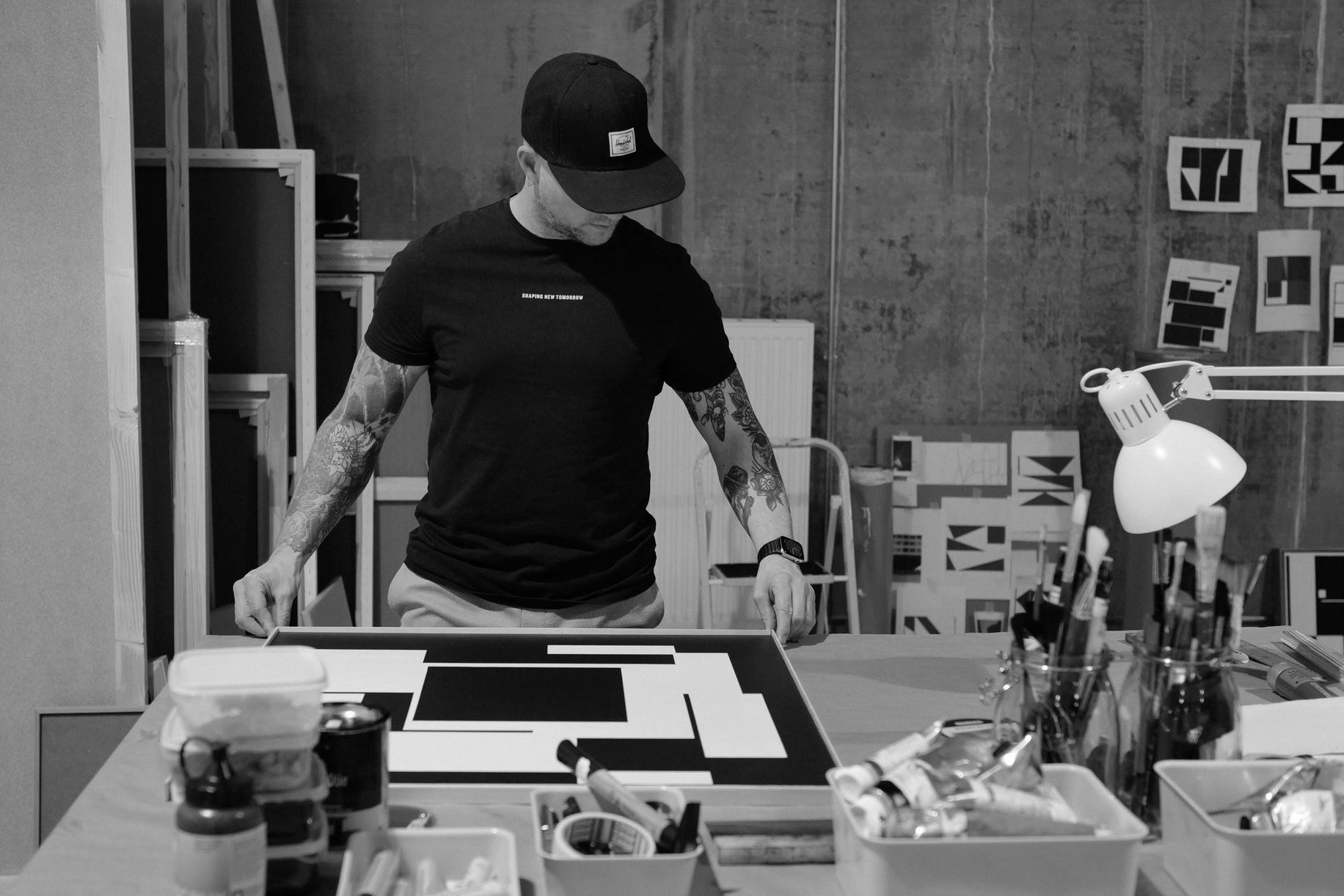A deeper insight into the relationship between galleries, artist and our ever changing world by Curator Johann Alexis von Haehling. He explores the roles of galleries as platforms for exploration, engagement, and reflection and how Circle Culture exemplifies this through their roster of diverse artists.
Art galleries serve as neutral yet transformative spaces where diverse artistic voices converge, providing platforms for exploration, engagement, and reflection. Their role is to bridge the gap between artists and audiences, fostering dialogue without dictating interpretations. Circle Culture Gallery exemplifies this function and wants to share how it’ s engagement for the arts since more than 20 years is offering a stage for contemporary artists to showcase their work while engaging with the broader cultural and societal shifts of our time.
The Neutral Role of Art Galleries
Art galleries function as curatorial entities that present art without prescribing its meaning, encouraging audiences to interpret works in ways that resonate personally or collectively. They facilitate connections across boundaries of geography, culture, and medium, making art accessible to a wider audience.

Curating a Broad Vision: Circle Culture embraces diverse artistic approaches, showcasing works ranging from abstract and conceptual art to street art and portraiture.
Bridging Artists and Audiences: By hosting exhibitions, talks, and events, galleries create spaces where artists can share their vision and audiences can find inspiration and insight.

Supporting Emerging and Established Artists: Neutrality allows galleries to foster artistic talent across different career stages, encouraging experimentation and innovation.

Circle Culture Gallery is known for its commitment to showcasing a wide array of talent. The following artists exemplify the gallery’s dedication to diversity, innovation, and meaningful engagement:
Marco Reichert: Reichert’s work blurs the boundaries between painting and digital aesthetics. His layered, abstract compositions incorporate machine-like precision alongside organic gestures, exploring themes of technology, process, and imperfection.

Enrich. R: Enrich’s paintings offer striking architectural landscapes that blend minimalism with surrealism. His works evoke a sense of timelessness and mystery, inviting viewers to explore themes of structure, solitude, and space.

Beatriz Morales: Known for her playful yet poignant installations and mixed-media works, Morales explores themes of identity, memory, and cultural heritage. Her art often incorporates unexpected materials, creating pieces that challenge traditional narratives and provoke thought.

Aaron Rose: A multidisciplinary artist and curator, Rose’s work spans photography, film, and installation. He is a central figure in the “Beautiful Losers” movement, celebrating DIY culture and creative authenticity. Rose’s work often examines the intersections of subcultures and mainstream art.

Ricky Lee Gordon: Gordon’s murals and paintings delve into environmental themes and human connection. Inspired by the landscapes and communities he encounters, his work emphasizes mindfulness and the interconnectedness of all living beings.

Carsten Beck: Beck’s art explores abstraction through the lens of color, texture, and form. His minimalist compositions draw viewers into contemplative spaces, emphasizing simplicity and the emotive power of visual language.

Circle Culture Gallery exemplifies the role of art galleries as mediators in a rapidly evolving cultural landscape. By supporting diverse artists and presenting thought- provoking exhibitions, the gallery contributes to the broader societal dialogue.
1. Facilitating Reflection and Dialogue
The works of Marco Reichert and Enrich. R, for instance, encourage audiences to reflect on the interplay between technology, architecture, and human experience. Through their exhibitions, Circle Culture fosters conversations on the impact of modernity and the human response to it.

2. Promoting Sustainability and Connection
Ricky Lee Gordon’s environmental themes resonate deeply in a world increasingly aware of climate change. By showcasing his work, the gallery underscores the role of art in advocating for sustainability and mindfulness.

3. Encouraging Cross-Cultural Exchange
Artists like Beatriz Morales and Aaron Rose highlight the importance of cultural heritage and subcultural authenticity. Their work, supported by Circle Culture, bridges divides, fostering understanding and appreciation across communities.

4. Creating Spaces for Contemplation
Carsten Beck’s and Enrich. R’s minimalist compositions invite viewers to pause and reflect, offering moments of stillness in a fast-paced world. This contemplative quality reflects the gallery’s commitment to creating an environment where art can inspire introspection and emotional engagement.

Circle Culture Gallery demonstrates how art galleries can play a vital role in a changing world. By providing platforms for most diverse artists the gallery fosters a dynamic dialogue between art, society, and the individual. Its commitment to diversity, innovation, and engagement ensures that art remains a powerful force for reflection, connection, and transformation. Through its exhibitions, Circle Culture enables art to fulfill its potential as a bridge between people, ideas, and the ever-changing cultural landscape. Cultivating resilience and optimism for a life ahead.
